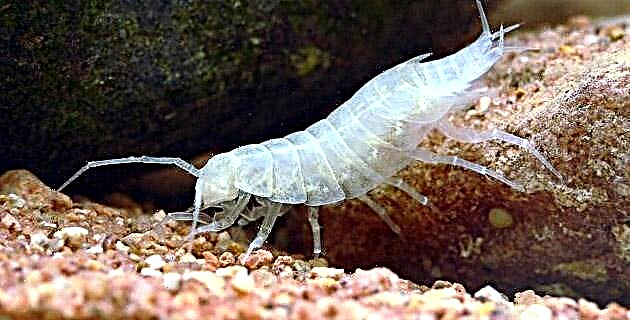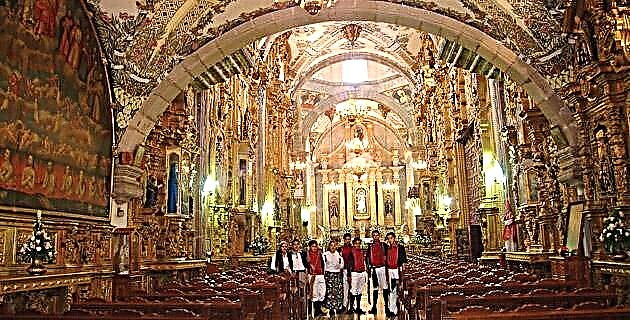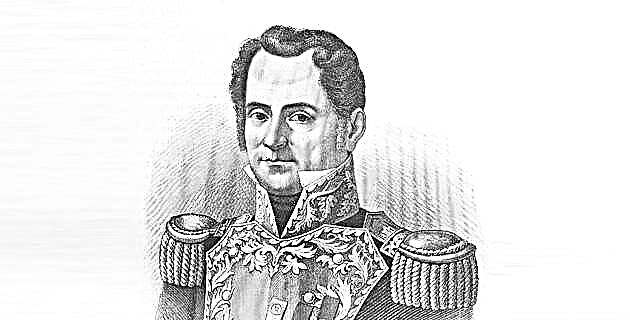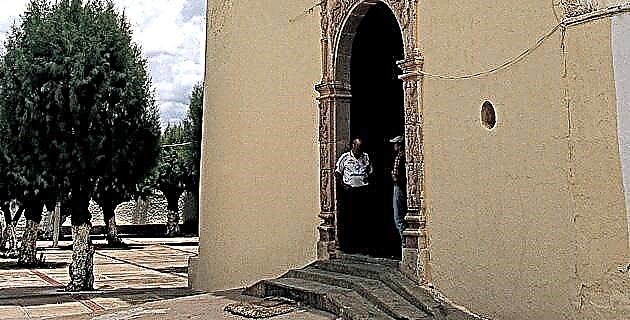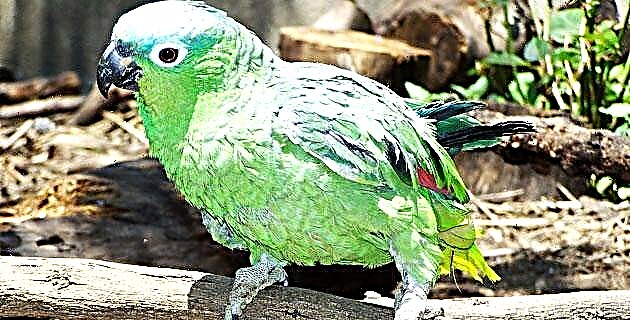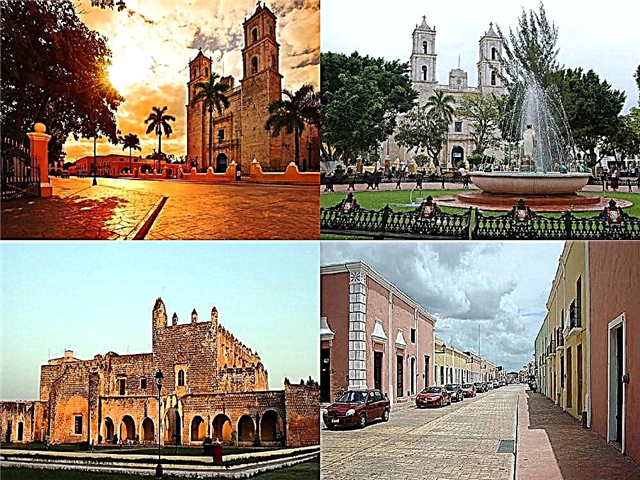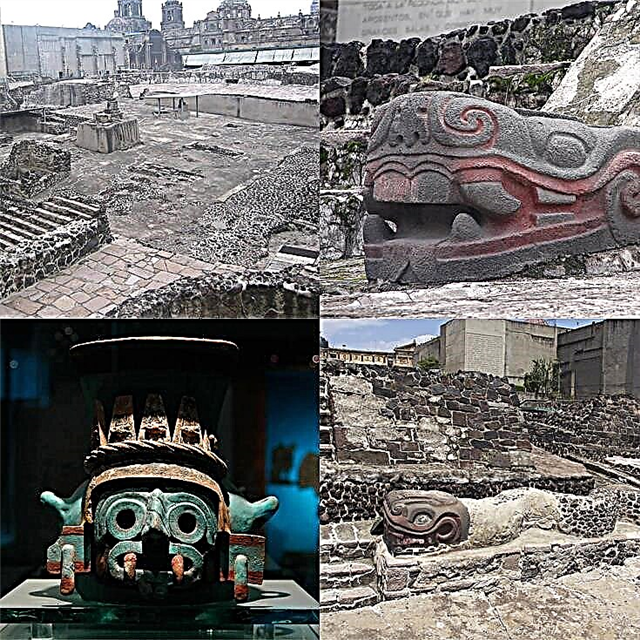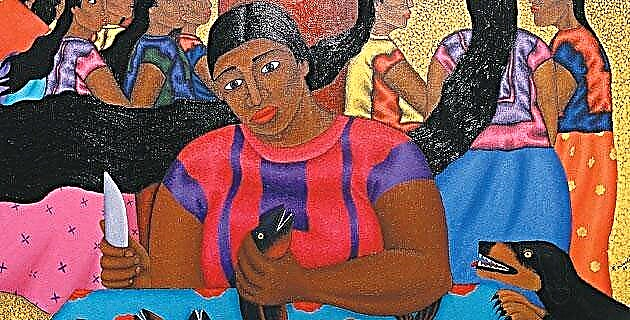
The most important painters of Oaxaca, share important information about their life and work.
Toledo
Francisco Toledo is neither modern nor contemporary, he is a painter outside the time that he lived. He was born in Juchitán de Zaragoza: “Since I was a child I drew, copied figures from books, maps, but it was really when I came to Oaxaca, when I finished elementary school, that I discovered the world of art by visiting churches, convents and archaeological ruins [ ...] I was very restless and I was a bad student, because I did not finish high school, so my family sent me to Mexico. Luckily I was able to enter a school of arts and crafts that was starting in the Ciudadela and whose director was José Chávez Morado. I chose a career as a lithographer and learned the trade: from cleaning the stones, engraving them, drawing and printing them. Soon after I met the painter Roberto Doniz, who was already beginning to stand out, and he asked me to show him my drawings, which he later took to Antonio Souza, owner of an important gallery. Souza was very enthusiastic about my work and organized my first exhibition in Fort Worth, Texas, in 1959. Little by little I started selling and I already had a style, if you want to call it that. With the money that I was saving and the advice and recommendations of Souza, I went to Paris. I was going for a month and I stayed for many years! […] I haven't painted for a long time, but I haven't abandoned engraving; I periodically have commissions and recently I did an edition for the benefit of the Botanical Garden […] Young people almost always start their careers by imitating. I think that the new painters need to be more informed, with trips, scholarships, exhibitions from abroad. It is necessary to open ourselves and not remain closed to the world ”.
Roberto Doniz
Roberto started painting from a very young age. At the age of thirteen he entered a night school for workers and then went on to the famous Esmeralda school in 1950: “I soon discovered that in addition to the workshop it was necessary to go to libraries, galleries, to have a broader panorama of the market of the art to carve out a future for myself and become a professional painting, because it is very difficult to make a living from art […] In 1960 I went to live in Paris and I was lucky enough to have several exhibitions organized […] Shortly after I returned to Oaxaca, the rector of the university invited me to give classes at the School of Fine Arts and I stayed there for two years […] At the Rufino Tamayo Plastic Arts Workshop, founded in 1973, I tried to encourage students to develop their own creative capacities, which they will not dedicate themselves to copying works of famous painters. The boys lived in the workshop. After they got up and had breakfast, they went to work all day and were free to draw and paint whatever they wanted. Later I began to teach them the technical aspects of the trade.
Philemon James
He was born in San José Sosola, a small town on the road to Mexico, at the beginning of the Mixteca, in 1958: “I had always dreamed of learning to paint. Then I was happy […] I consider the canvas green when I start it, like fruits, and as I paint it it matures […] When I finish it, it is because I consider that it is now free to travel. He is like a son who will have to be self-sufficient and speak for himself.
Fernando Olivera
He was born in the city of Oaxaca in 1962, in the neighborhood of La Merced; studied engraving at the School of Fine Arts with the Japanese teacher Sinsaburo Takeda: “Some time ago I had the opportunity to travel to the Isthmus and I saw photos and videos of women and their struggle and participation in the social, political and economic life of the region, since from then on I returned to women as a symbol in my painting. The feminine presence is fundamental, it is like fertility, the earth, continuity ”.
Rolando Rojas
He was born in Tehuantepec in 1970: “I have lived my whole life in a hurry and I had to make a point of everything. That attitude has led me to get ahead, since from elementary school and with the only help from my mother, the whole family had to survive. I studied architecture and restoration, and that helped me to progress in painting. In the academy they taught me the theory of color, but once assimilated, one has to forget about it and paint with their own language, feel the colors and create an environment, a new life ”.
Felipe Morales
“I was born in a small town, in Ocotlán, and there the only theater, the only space we have to reflect is the church. Since I was a child I have always been very religious and I show that in my painting. I recently exhibited a series of paintings with religious and traditional themes that reflect my experiences […] My human figures tend to be elongated, I do it unconsciously, that's how they come out. The hand, the pulse, they guide me, it is a way to stylize them and give them a spiritual content ”.
Abelardo Lopez
Born in 1957 in San Bartolo, Coyotepec. At the age of fifteen, he began his painting studies at the School of Fine Arts in Oaxaca. He was part of the Rufino Tamayo Plastic Arts Workshop: “I like to paint the environment in which I developed since I was a child. I do not want to reflect nature as it is, I try to give it the interpretation that I prefer. I like clear skies, shapes of nature without shadows, painting something unseen, invented. I paint in the way that gives me the most pleasure, with my own stamp and style. When I paint, I get carried away more by emotion and the fantasy of recreating nature than by calculation ”.

